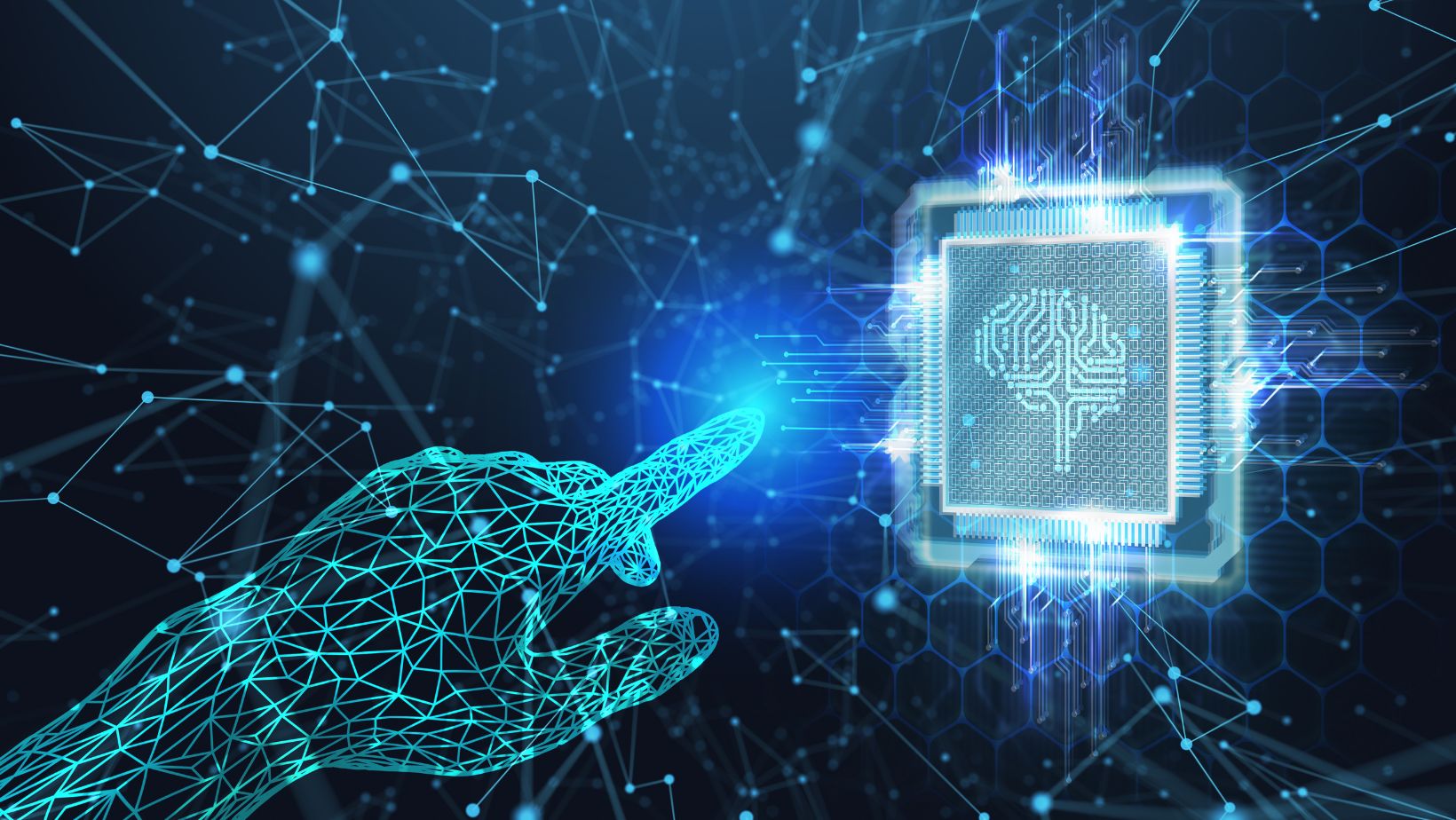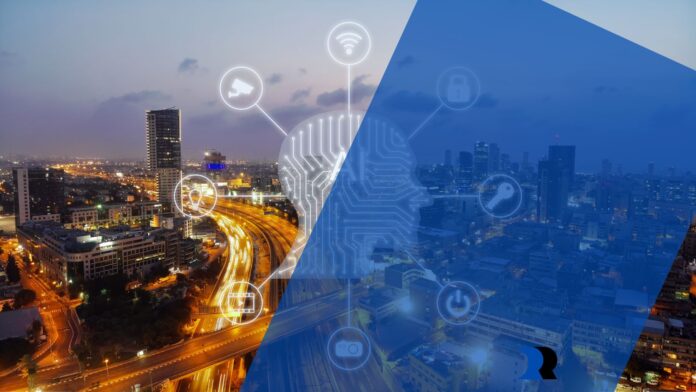Speech recognition tools have come a long way. From Audrey back in 1952, which could only understand digits, today, we have groundbreaking technology with immersive AI technologies that can convert speech to text in no time.
Pull up a search on automated video-to-text services today, and you’ll find that many can do a few things. They can detect the right language, recognize speakers, and even convert speech to text somewhat satisfactorily.
The Development of AI in Video-To-Text Services: What Does the Future Hold?
As artificial intelligence is a relatively new field, it’s changing and developing in a rapid manner. What can you expect a few years or decades down the road? Excited to hear what the future holds? Read on!
Reduced Cost
The number of companies relying on automated translation tools is snowballing. They spend a big chunk of change for real-time video-to-text services, especially for large projects. Journalists and legal experts are only a few professions that find the tool irreplaceable. However, the financial burden is a heavy one to carry, notably for smaller firms.
As AI becomes more sophisticated, the associated cost will likely decrease. Moreover, companies will no longer have to engage humans to proofread the transcripts, further reducing operating expenses.
Better Functionality
Every client hungers for improved functions, features, and capabilities in their speech recognition software. They may want to transcribe multiple files at once, regardless of length or complexity. In addition, users are also expecting tools that anticipate the most suitable output formats. Essentially, the aim is to reduce human work.
Faster Processing
Despite transcriptions appearing seemingly in real-time, users still experience a delay (which can hinder understanding) in getting them.

With technology advancing and manufacturers producing better computer chips, machines will do the job at a quicker rate.
More Accurate Sentiment Analysis
In the near future, we can expect automated video-to-text tools to extract sentiments from content. For example, the software should be able to tell if the person speaking is happy, angry, or surprised.
This revolution is highly valuable in many industries. Consider the quality of customer service. With this feature, you can anticipate better agent training and customer interaction.
Improved Speaker Identification and Diarization
Even the best tools today have difficulties with speaker identification. The matter worsens with crosstalk and group conversations. As AI develops, speaker labels will hold better accuracy.
Moreover, we can look forward to tools that remember how a particular speaker communicates. With a diary of sorts containing frequently used terminology and phrases, automated transcriptions will post a higher accuracy rate.
Summarization Ability
Many existing transcription tools convert video to text without considering the content’s meaning. Soon, that will change. By understanding context, the software of the future will be able to generate accurate summaries of videos. Further, it will have no trouble breaking a file into logical chapters and preparing a synopsis for each.
Better Detection for Unsafe Content
Often, companies rely too heavily on automated tools to do the job. The same issue happens with video-to-text transcription. Challenges arise when a resulting transcript contains hate speech and violent content and goes out to the public without warning.

The development of AI in transcription tools will be better capable of detecting such content. As such, users can set up rules to identify and filter it, marking it as potentially sensitive and harmful. This capability will reduce legal issues that may arise, especially in the media and journalism industries.
Video-To-Text Services Will Be Unrecognizable
Sure, the future has fascinating things to add to the realm of video-to-text software and services. Nonetheless, we are still very far from the golden standard of the fear-inducing hard AI. Computer algorithms, at their present state, are nowhere close to human capability when it comes to interpreting speech and deciphering its nuances.
It’s difficult to put a finger on how long it will take for technology to advance to the stage where it can deliver all the features listed above. Presently, accuracy is lacking. You can see how much improvement is necessary when you load a YouTube video with automatic captions. Sure, when a clip features a native English speaker talking in a quiet environment, the results are outstanding. However, throw in a few speakers from India, China, Australia, and Africa, and accuracy levels drop rapidly.
We are all anticipating growth in this sector because it promises higher productivity and better communication. Despite having the advantage of accuracy, humans are incapable of achieving the transcription speeds of automated video-to-text tools. So, when it comes to real-time content, a machine is obviously the preferred choice.
When machine transcription advances to a human-like level, that will be a day for celebration. But at the moment, we certainly achieve more accurate transcripts with the help of vendors such as GoTranscript. This company’s excellent reputation precedes it.


